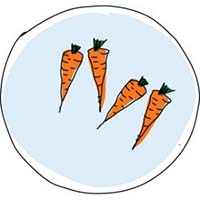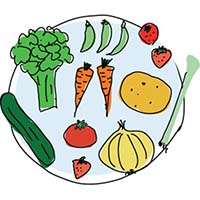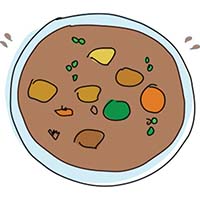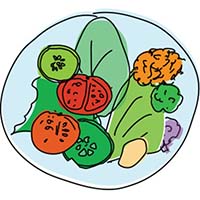1 What do we mean by transdisciplinarity?
Transdisciplinarity is increasingly becoming a focus of research and educational practices. There is a growing recognition that distinct disciplines, as the gatekeepers of specific concepts, ways of knowing, and materials, can act in ways that limit our abilities to think about complex ‘wicked problems’ (introduced in the previous unit) that we face together in the world (UNESCO, 2021). This is not to say that disciplinary knowledge is not important. Transdisciplinary thinking does not exclude or refuse the existence of disciplinary thinking, but instead offers the option of a way of thinking beyond and across these boundaries.
Russell et al. (2008, p. 470) state that transdisciplinarity is a practice that requires a particular pedagogical stance towards knowledge creation and learners’ roles that is ‘problem-oriented, responsive, and open to external knowledge producers, contextualised and systems-based, adaptable, consultative and socially robust’.
At its most basic, transdisciplinarity can be seen as the most integrated form of interdisciplinarity, as mentioned in Table 1, below. Table 1 details Jo Bailey’s (2019) mnemonic – I Can Make It Tasty – which can be used for understanding and remembering the different types of disciplinarities.
Table 1 Jo Bailey’s ‘recipe book of disciplinarities’ – I Can Make It Tasty
Intradisciplinary I (single ingredient)
|  | Intradisciplinary working is within one discipline. Like a single ingredient, clearly distinguishable…
|
|---|---|---|
Crossdisciplinary Can (container of ingredients)
|  | Crossdisciplinary working views one discipline from the frame of reference of another. It’s like lots of different ingredients on a plate, but without chopping them up and mixing them…
|
Multidisciplinary Make (mixed up salad)
|
| Multidisciplinary working brings disciplines together so they can learn from each other, drawing on the mix of disciplinary knowledge. It’s like a salad: the original ingredients are intact, but the flavours begin to blend…
|
Interdisciplinary It (intermingled stew)
|  | Interdisciplinary working starts to take a new form, integrating knowledge and methods from different disciplines and synthesising into a new whole. It’s like a stew: the original ingredients are still partly distinguishable, but the overall is a blended pot of mixed flavours…
|
Transdisciplinary Tasty (totally blended cake)
|  | Transdisiplinary working produces a new, novel form or way of working beyond the original disciplinary boundaries. It’s like a cake: you can no longer see the form of the ingredients as they have taken on a different shape and flavour.
|
 Explore
Explore
![]() Watch Jo Bailey explaining her images in:
Watch Jo Bailey explaining her images in:
As Table 1 illustrates, the fundamental difference between transdisciplinarity and other forms of bringing disciplines together is the entangled ‘making’ with, across and/or between disciplines which leads to something – knowledge, understanding, experiences, artifacts. Within each creation the contribution of any particular disciplinary field is fundamentally indistinguishable. What is made is something different and new – it is a modulation beyond what is currently known, experienced or expected. Engaging in such transdisciplinary making is therefore a process of expanding and developing different ways of being, acting or seeing.
As Rigolot (2020, p. 1) states, ‘When transdisciplinarity is considered as a way of being, it is inseparable from personal life and extends far beyond the professional activities of a researcher’. This extends conceptualisations of transdisciplinarity as a practice (Russell et al., 2008).
Activity 5.1 Your own experiences of disciplinary or transdisciplinary being
2. ![]() Add your thoughts to the word cloud under your subject discipline or area.
Add your thoughts to the word cloud under your subject discipline or area.
Thinking with the cake metaphor; by making, mixing, combining and layering – note the active nature of these terms – you can begin to allow:
- Disciplinary concepts, languages, and images to be set in motion – taking on different meanings and possibilities as they are de-territorialised and experienced in different ways.
- For pluriversality (multi-vocal, multi-affect, multi-critique) which shifts us away from notions of a universal epistemology with its application and generalisation across all contexts.
- For methodologies to evolve and develop with the emerging activity.
- Recognition of the central role of materiality, digital entanglements and bodies as transdisciplinary ‘modes’ of knowing.
These will be explored further in the next section in which you will look at why these features of transdisciplinarity are important for sustainable pedagogies.
Unit 5 learning outcomes

